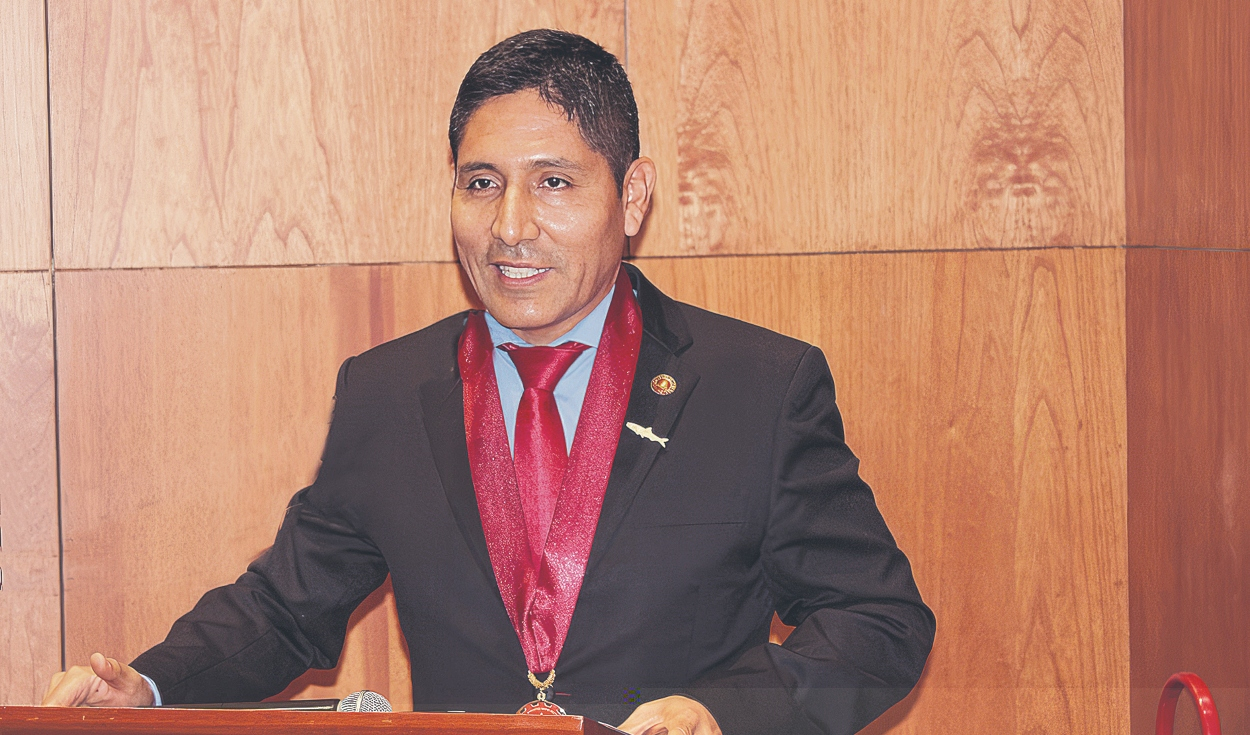
-The only thing missing for this law to start working is for it to be regulated.
-The problem is that the argument of protecting ancestral fishing is used to alter the General Fisheries Law and the regulations that come after. It is necessary to understand that the performance of boats in the north, center and south is different due to marine currents, and that causes some to fish closer or further away.
-How many are we talking about?
-We have more than 30,000 artisanal boats nationwide, between marine (sea) and continental (lakes and rivers). In the first ones are those that use purse seines, which little by little have been improving, since the management of the purse seine network is forced and risky. They have been installing mechanical equipment and reducing the effort of their work. They were born as artisanal fishing and with this law they could no longer be.
-And now, because they have a purse seine network, they become “smaller scale” (semi-industrial) and have to go beyond 3 miles.
-Yes, and if they leave the category of “artisanal” they lose many benefits, not only not entering the 3 miles, but the issue of insurance, payment of taxes, among other issues that have not been analyzed. It is not a correct way to correct things. We agree with the conservation of resources for sustainable fishing. The problem is that we have so many regulations that, instead of aligning fishermen, they are led to informality. What is weak in this sector is not the regulations, but the supervision. The Government itself does not have enough inspectors to control the entire coastline.
-The law also seeks to avoid conflicts with artisanal fishers who fish manually. Why would that be wrong?
-In one of the points of the law it says that it seeks to reduce the poverty of fishing communities, but what if many of the boats that want to take out beyond 3 miles are from the communities themselves? Other types of work have to be done. It is important to promote and finance artisanal fishing, but other fishermen who have earned their right are not being listened to. That will generate conflicts during socialization.
-But does it damage or not damage the seabed?
It is true that they can affect, because the percentage of gear selectivity varies according to the design of the purse seine nets. They are smaller and to capture resources they must have electronic equipment that allows up to 10% of incidentals to be identified. Anyway, close to the coast is not good. But, for example, in the south they catch bonito from the first mile and they bring it from there, because the south has more depth and the small purse seine boats start fishing in that area and unload everything formally.
-What to do then?
-What works worldwide are incentives. ‘Hey, if you have purse seine vessels or want to change it to artisanal, I give you incentives to become a mype with certain benefits,’ for example. But prohibiting those who are already working in an area will generate conflicts and Produce will not be able to control them. We will continue in the same way, fishermen who hide and unload illegally.
Source: Larepublica
Alia is a professional author and journalist, working at 247 news agency. She writes on various topics from economy news to general interest pieces, providing readers with relevant and informative content. With years of experience, she brings a unique perspective and in-depth analysis to her work.












